Home to some of Europe’s most spectacular nature, the Southern Carpathians of Romania have huge rewilding potential. In 2023, the Rewilding Romania team took steps to expand their efforts and impact across the landscape and beyond.
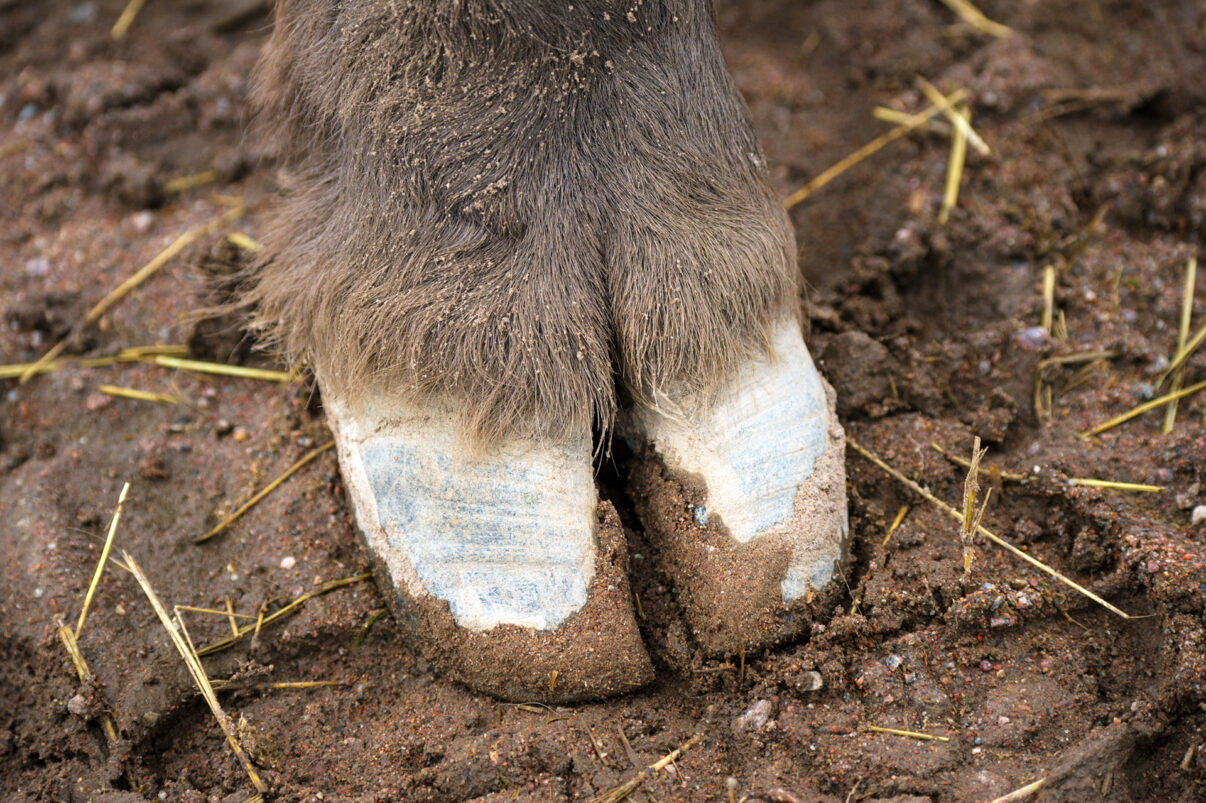
Next level rewilding
Between 2014 and 2023, Rewilding Europe and WWF-Romania translocated 99 European bison to Romania’s Țarcu Mountains – a part of the Southern Carpathians rewilding landscape where no wild bison had roamed free for at least 250 years. Based on a genetic study carried out in 2022, the current population of bison is estimated at more than 200 individuals, which includes calves born in 2024.
With the population of wild bison in the Southern Carpathians thriving and expanding naturally, a shift of focus in 2023 was designed to take recovery of this keystone species to the next level. Discussions with two national parks adjoining the landscape – as well as with hunting associations – were designed to enhance cooperation, ensure the growing bison herds can continue to increase their geographical range safely, and explore opportunities to expand wildlife comeback. The Rewilding Romania team also worked on enterprise and engagement, to further elevate human-wildlife coexistence, amplify the benefits that wild nature delivers to local communities, and build further support for their mission.
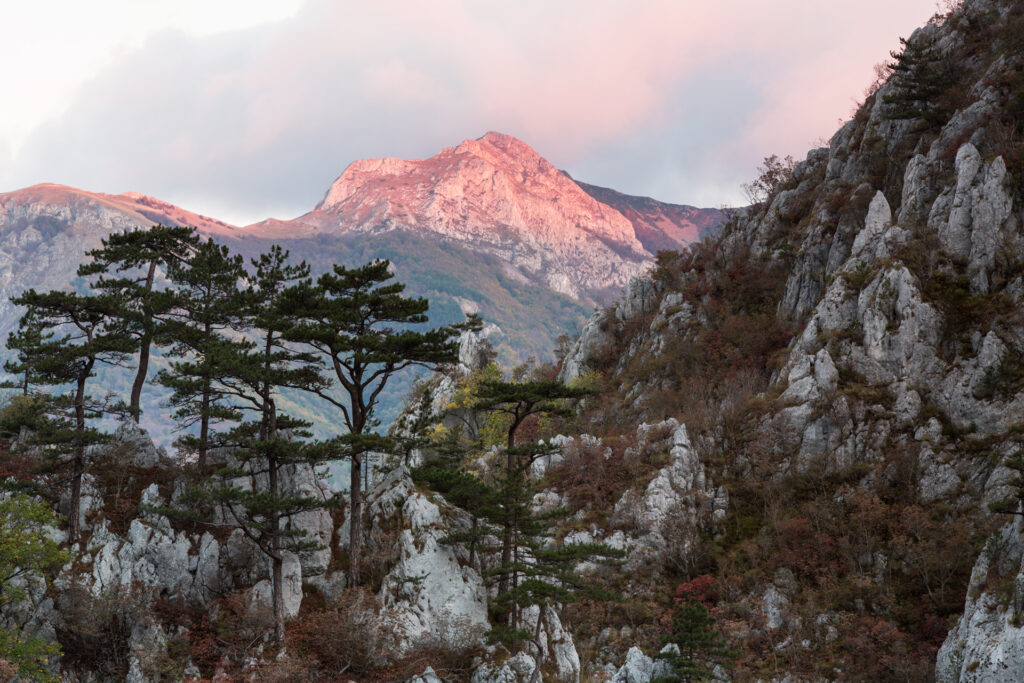
A broader agenda
This broader rewilding agenda, which encompasses more than simply bison-related work, is being led by Rewilding Romania, which was established at the end of 2022. The Rewilding Romania team also oversees rewilding efforts on the Romanian side of the Danube Delta rewilding landscape – which are due to kick off in earnest this year – and are working to promote rewilding to a larger audience.
“In 2023, we spent a lot of time thinking about the bigger picture for rewilding in the Southern Carpathians,” says Rewilding Romania Executive Director Marina Drugă. “This allowed us to identify our priorities beyond the bison release site, which is just a small part of the rewilding landscape. We worked hard to build relationships and understand how we could diversify and scale up positive impact for nature and people.”
“In 2023, we spent a lot of time thinking about the bigger picture for rewilding in the Southern Carpathians. We worked hard to build relationships and understand how we could diversify and scale up positive impact for nature and people.”
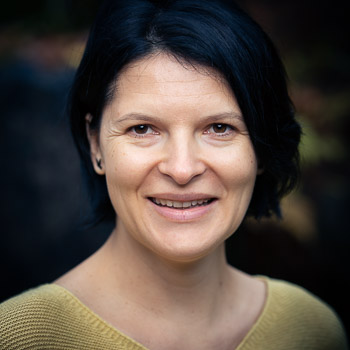
Marina Drugă
Rewilding Romania Executive Director
Bison beyond
The Rewilding Romania team estimate that more than 11 bison calves were born in the Southern Carpathians in 2023-2024, which is further evidence that the free-roaming herds are flourishing in the landscape. Accounting for births and deaths, it means more than half the total population of bison in the Țarcu Mountains has now been born in the wild. The range of the bison population is also steadily increasing, and is now estimated to be around 370 square kilometres.
The 318,000-hectare Southern Carpathians rewilding landscape is bordered to the north by the 43,000-hectare Retezat National Park, and to the south by the 62,000-hectare Domogled-Valea Cernei National Park. In September 2023, when a group of eight bison were captured on camera trap inside the latter for the first time, their arrival was welcomed by park authorities. As the expanding bison population is expected to cross into both parks within two to three years, the Rewilding Romania team are working to identify the natural corridors the animals might follow, and ensure they are able to move safely through the landscape.
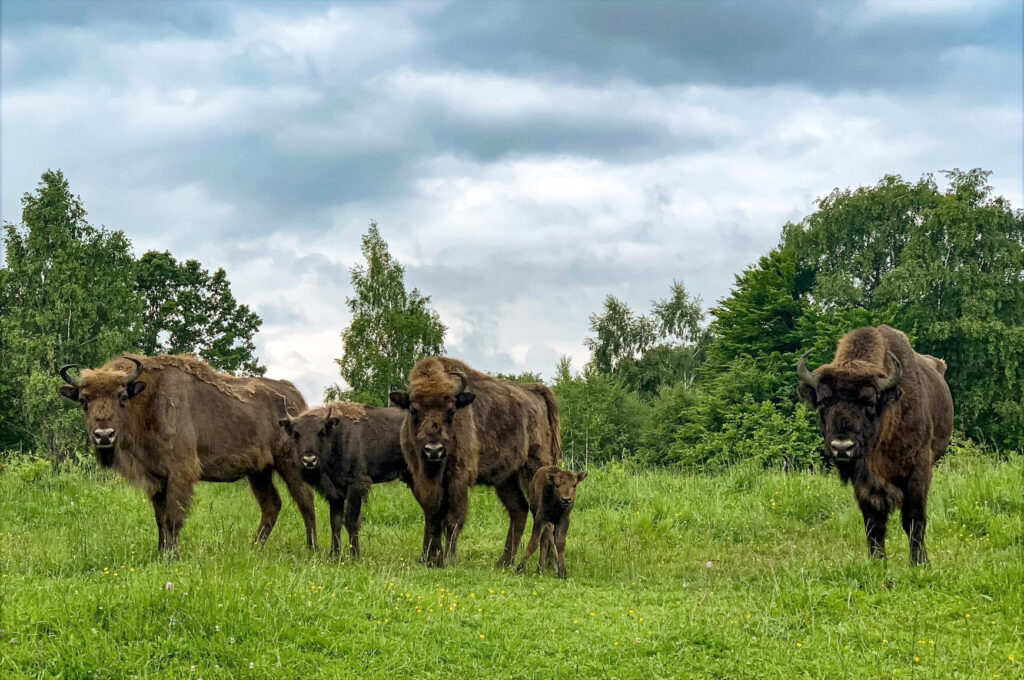
Partnership progress
In March 2023, Rewilding Romania began discussions with the authorities of both Retezat and Domogled National Parks, focused on establishing collaboration agreements. These agreements, which were subsequently signed at the beginning of February this year, will support rewilding efforts across more than 105,000 hectares of additional land, with a plan of work for each park already agreed. The Rewilding Romania team have been busy setting up 60 camera traps in Retezat this summer, to measure the existence and abundance of wildlife and inform rewilding measures moving forwards. These traps will be relocated to Domogled in due course.
“The partnership with Rewilding Romania will provide us with valuable resources, expertise, and support in our work to promote biodiversity,” says Acimov Zoran, Director of Retezat National Park. “By working together, we can better manage habitats, monitor wildlife populations, and implement measures that benefit both wildlife and local communities.”
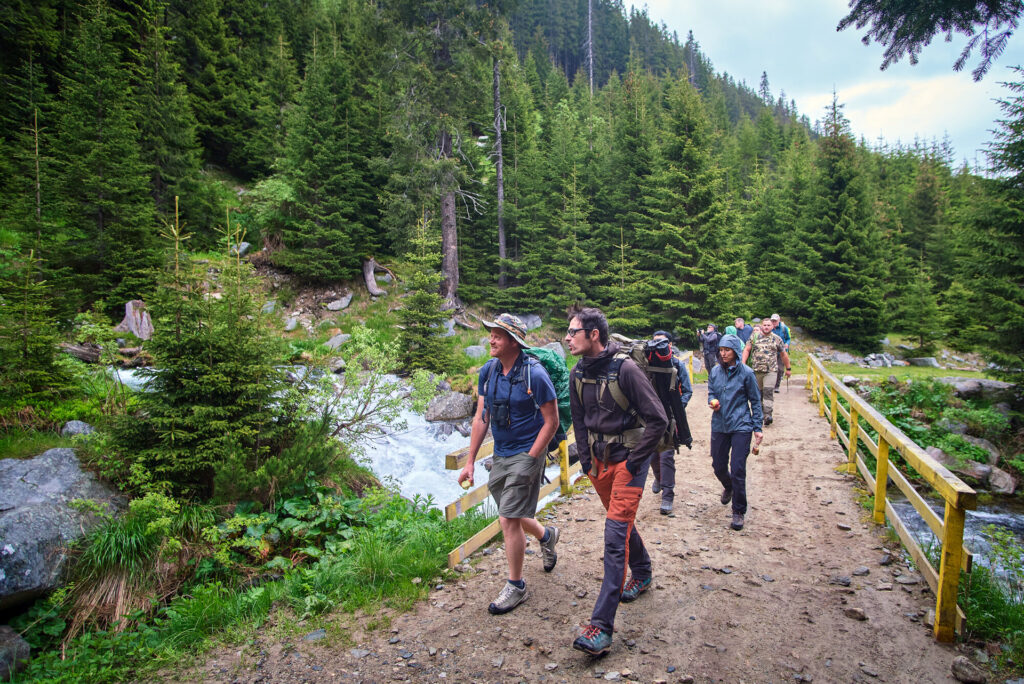
Vulture comeback
Romania was home to significant vulture populations until the first decades of the twentieth century. All four European vulture species – griffon, cinereous, Egyptian, and bearded – are reported to have existed in the country, but factors such as habitat loss, declining availability of prey, and deliberate persecution led to their decline and eventual disappearance.
Following visits to both Domogled and Retezat National Parks by the Rewilding Romania team and a vulture expert in late 2022, the former was selected as the best place for Romania’s first-ever griffon vulture reintroduction programme. A potential site for a pre-release acclimatisation aviary in Domogled has been identified, and permits to build it should be obtained by the end of this year.
“We expect to start releasing griffon vultures in 2025, which is hugely exciting,” says Marina Drugă. “Reintroducing these iconic and ecologically important birds will represent another step towards realising a healthy and functional landscape. It will also boost the appeal of the Southern Carpathians as one of Europe’s best nature-based tourism destinations, thereby benefitting local communities.”
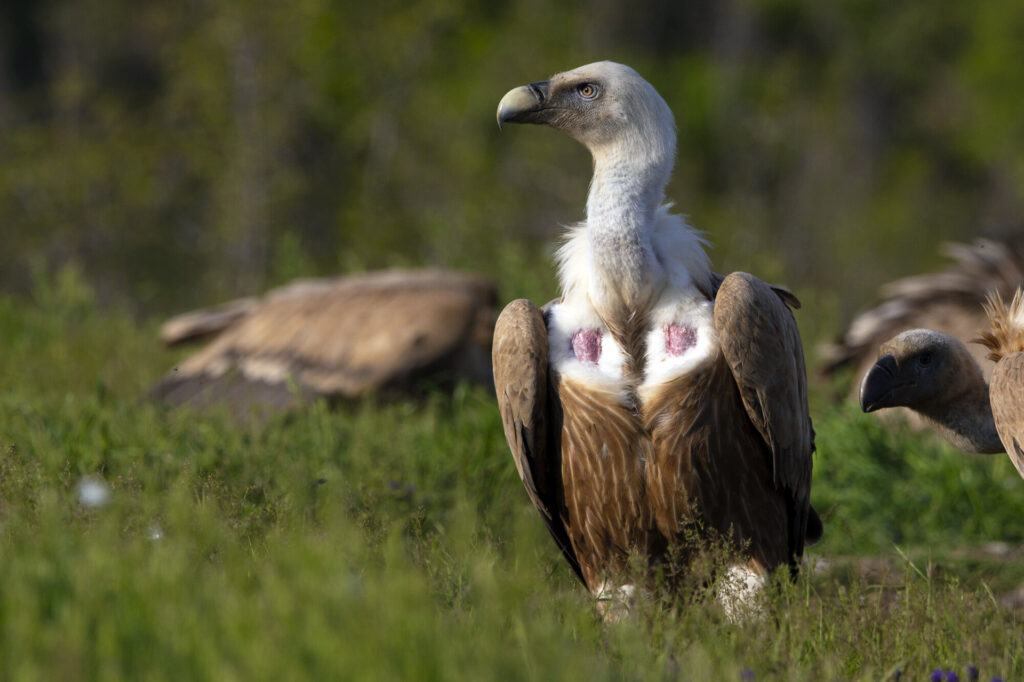
Enterprise, engagement, and great expectations
The Rewilding Romania team also stepped up their enterprise and engagement efforts in 2023. They sponsored and carried out promotional activities at two marathons, which helped to bring many local communities together and spread the message about rewilding. They began collaborating with accommodation owners, souvenir producers, and a local museum, as well as manufacturers of local products. And they also organised a number of educational events in schools, with a comprehensive educational programme rolled out this year.
Today, a decade on from the first release of animals, Romania’s largest population of wild European bison is flourishing and recolonising habitat in a hugely encouraging way. This is not only delivering benefits for wild nature and local communities on a growing scale, but helping to carry the positive message about rewilding into new hearts and minds. As rewilding efforts enter a new phase, in line with a scaled-up vision for the landscape, the future for bison, people, and wider nature recovery in the Southern Carpathians looks bright.
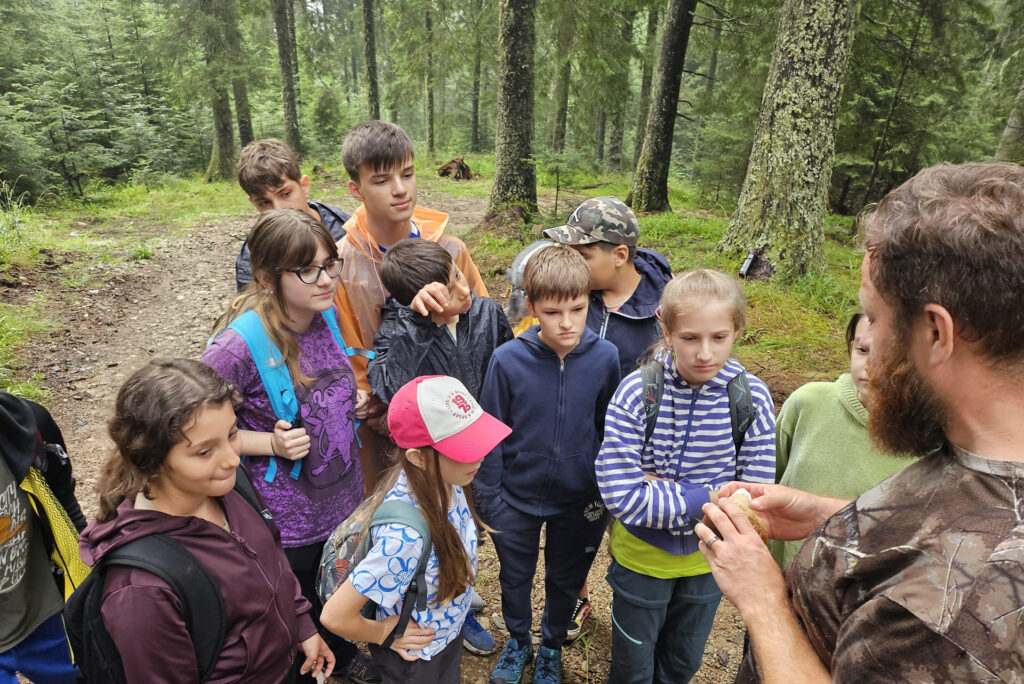
Invaluable support
Rewilding Europe’s work in our rewilding landscapes is supported by a wide range of highly valued partners. We would particularly like to acknowledge those providing core funding – notably the Ecological Restoration Fund, the Dutch Postcode Lottery, WWF-Netherlands, and Arcadia. Their longstanding support plays a critical role in enabling us to deliver and scale up rewilding impact.
Want to know more?
This blog is taken from a longer story entitled “Thinking Big”, which featured in the Rewilding Europe Annual Review 2023.
Download a PDF of the story Or check out our Annual Review 2023
